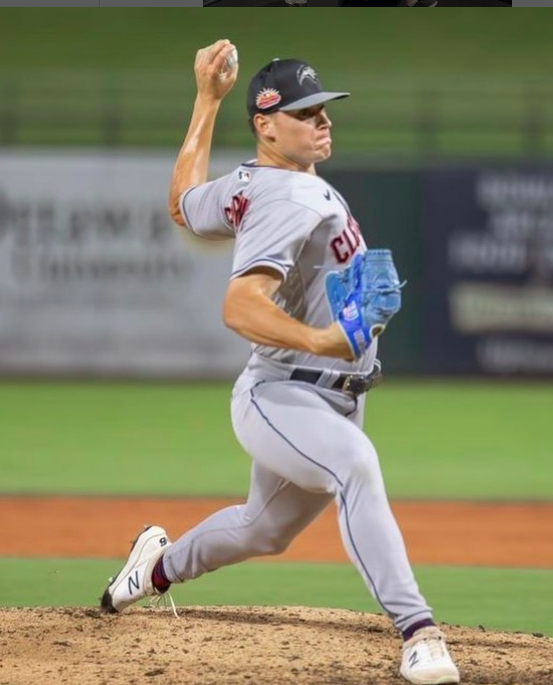How I Train Baseball Players In-Season

Today’s going to be a quick post on how I structure the week of our baseball players while they’re in-season. First, a couple of overarching guiding principles:
- If you stay ready you never have to get ready. Muscle soreness in-season is detrimental. However, novelty more than anything else leads to significant DOMS (delayed onset muscle soreness). So with that said, the best strategy for optimal in-season training is to build up solid work capacity in the off-season, and then avoid taking breaks from training. Our High School Academy guys lift 2-4 times per week all spring and summer because they were prepared to do so.
- As a coach, always have a Plan B and C. Communicate with your athletes and be ready to adapt based on how they’re feeling and if they’re banged up from games, or if you need to be more conservative with their training workload due to an increased competitive workload.
- Don’t let what you can’t do interfere with what you can do. It’s better to do something than nothing! Even if you’re tired and sore, it’s important to get some low-intensity work in. Even if you don’t feel like ‘lifting’ that day you should still get your arm care, core work, and mobility work done. Sometimes a training session may only by 20-30 minutes. It’s much better than nothing.
- Keep developing! When done right, we can keep getting stronger in-season. A lot of our guys have seen their lifts continue to increase this summer. If you want to get as far as you can in this game, you can ill afford to stop training 4-6 months out of each year when you’re still on the good side of your career.
- Train at 7-8/10 on everything in-season. You’re still getting after it but you’re leaving 2-3 reps in the tank so you’re not burying guys and they can recover easily from each session. This strategy also safeguards technique breaking down and potential injuries occuring.
Pitcher:
Day 1: Start, Light Arm Care, Sprint Work
Day 2: Light Catch or Off, Lift (Lower Body Focus)
Day 3: Light Long Toss/Drill Work, Lift (Lower Intensity Full Body Focus)
Day 4: Long Toss, Sprint Work, Mobility & Core Work
Day 5: Bullpen, Lift (Upper Body Focus)
Day 6: Light Catch or Off, Sprint Work, Mobility & Core Work
Day 7: Light Catch or Off, Easy Mobility Work
Position Players:
We lift three times per week:
Day 1: Full Body (50/50 Lower/Upper)
Day 2: Full Body (less compound movements, more unilateral work)
Day 3: Full Body (50/50 Lower/Upper)
There’s nothing too groundbreaking here. Get your athletes to train consistently. Build up work capacity and technical proficiency. Create solid communication channels so there’s an environment where athletes will let you know how they’re feeling so you can get ahead of potential trouble spots. Most importantly, create a culture where your athletes want to lift and aren’t afraid to in-season.
